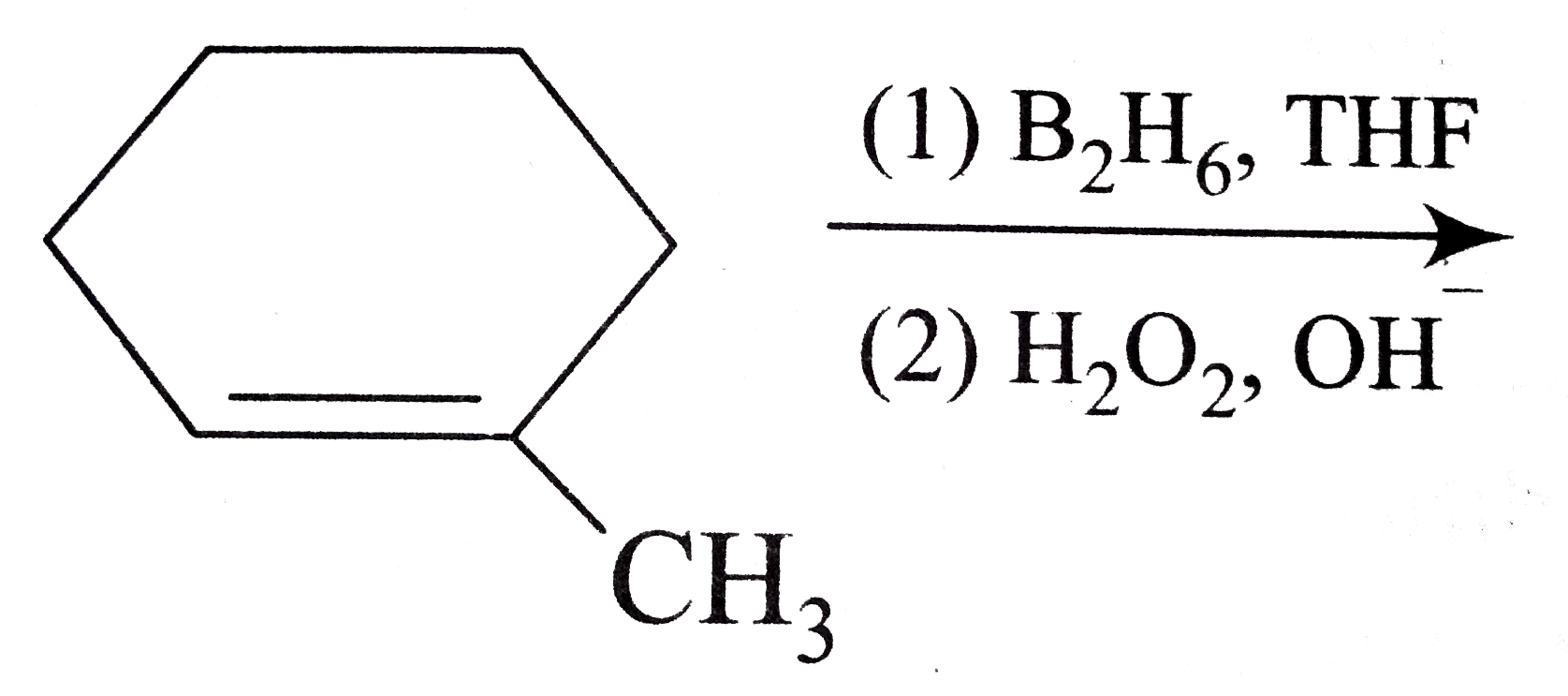Complete Solutions to Follow-up-10 of chapter ALKENES of Class 11 book with complete answers and questions
| Class 11 | CHEMISTRY |
| Chapter | ALKENES |
| R SHARMA | Follow-up-10 |
| Number Of Questions | 12 |
| Academic Year | 2023-24 |
Markovnikov's rule is empirical but may be explained theoretically on the basis that the addition occurs by a
View SolutionAlkanes are absorbed by concentrated sulphuric acid to from
View SolutionAlkyl hydrogen sulphates can be easily hydrolyzed to alcohols by heating them with water. Which of the following alcohols can be made by this method?
(i) Isopropyl alcohol
(ii) `n`-Propyl alcohol
(iii) Isobutyl alcohol
(iv) tert-Butyl alcohol
View SolutionWhich of the following is not the characterstic of acid catalyzed hydration of alkenes?
View SolutionThe addition of the compound containing a hydrogen-boron bond `H-B lt`(called a boron hydride) useful synthetic procedures. This addition, called hydrocarbon, is carried out by using the boron hydride.
View SolutionPropene is allowed to react with diobrane and the product is treated with alkaline `H_(2)O_(2)`. The final product is
View SolutionConsider the reaction.

The product formed is
View SolutionIn the reaction
`CH_(3)CH=CH_(2)underset((2)NaBH_(4))overset((1)(CH_(3)COO)_(2)Hg,H_(2)O)rarr`
The product is obtained is
View SolutionIn the reaction
`CH_(3)CH_(2)CH=CH_(2)underset((2)NaBD_(4))overset((1)Hg(OAc)_(2),H_(2)O)rarr`
the product obtained is
View SolutionWhich of the following is formed when three moles of propene react with one mole of `BH_(3)` in tetrahydrofuran `(THF)`, a cyclic ether?
View SolutionThe electrophile in hydrocarbon is
View Solution`CH_(3)CH=CH_(2)underset(THF)overset(B_(3)H_(6))rarrAoverset(Br_(2))rarrB`
The product `B` of the reaction is
View Solution
Follow-up-10 questions and complete solutions for chapter ALKENES of R SHARMA CHEMISTRY (HINGLISH) of Class 11